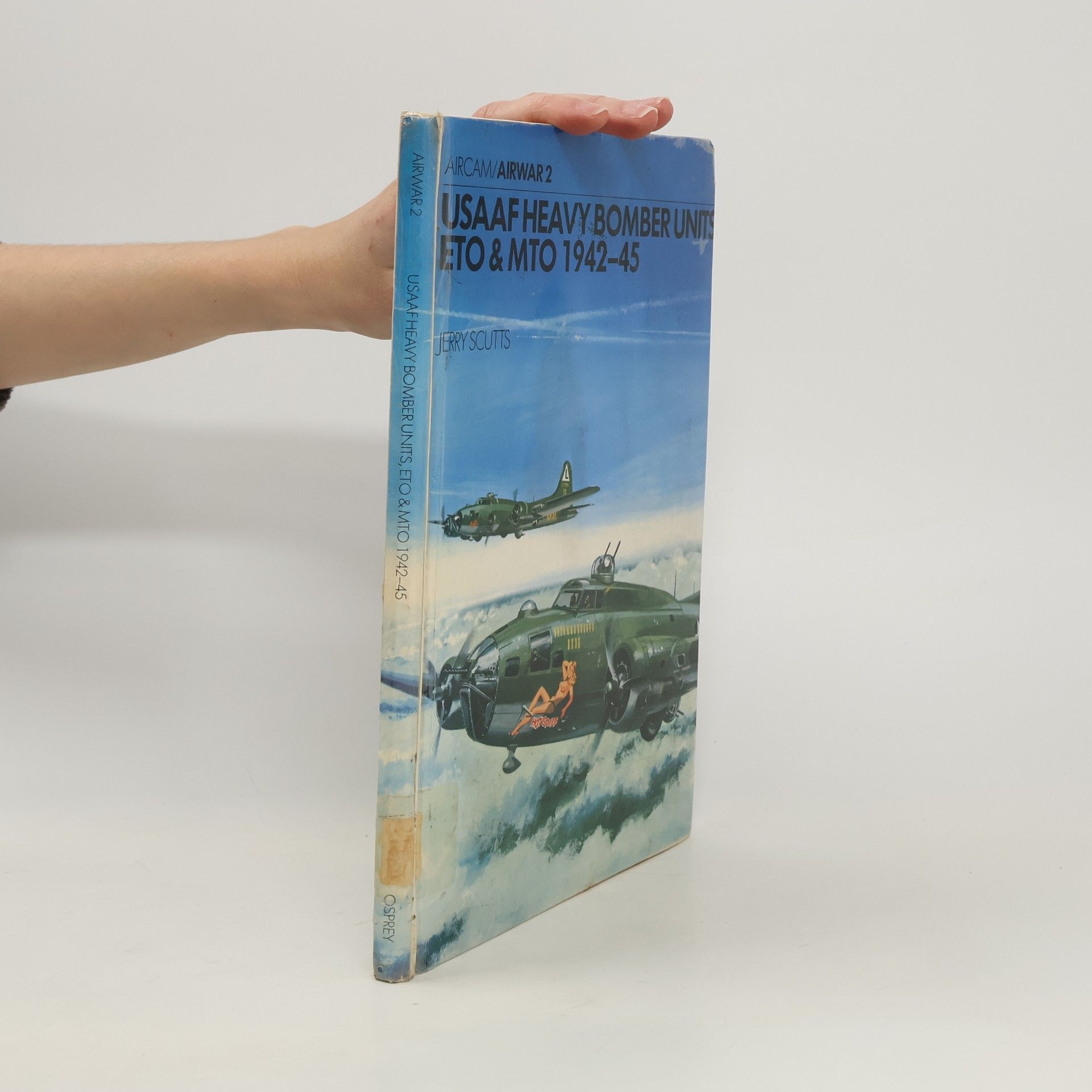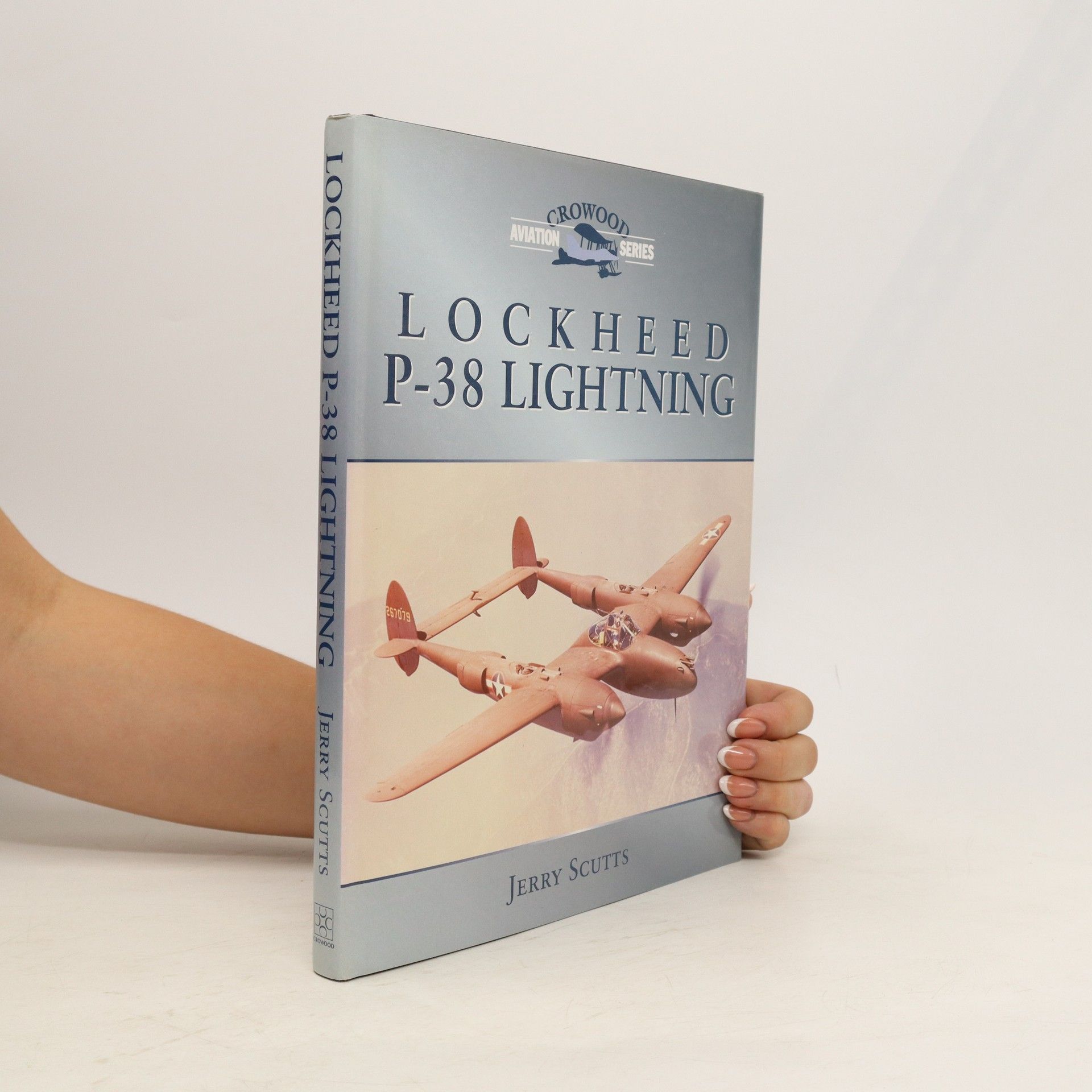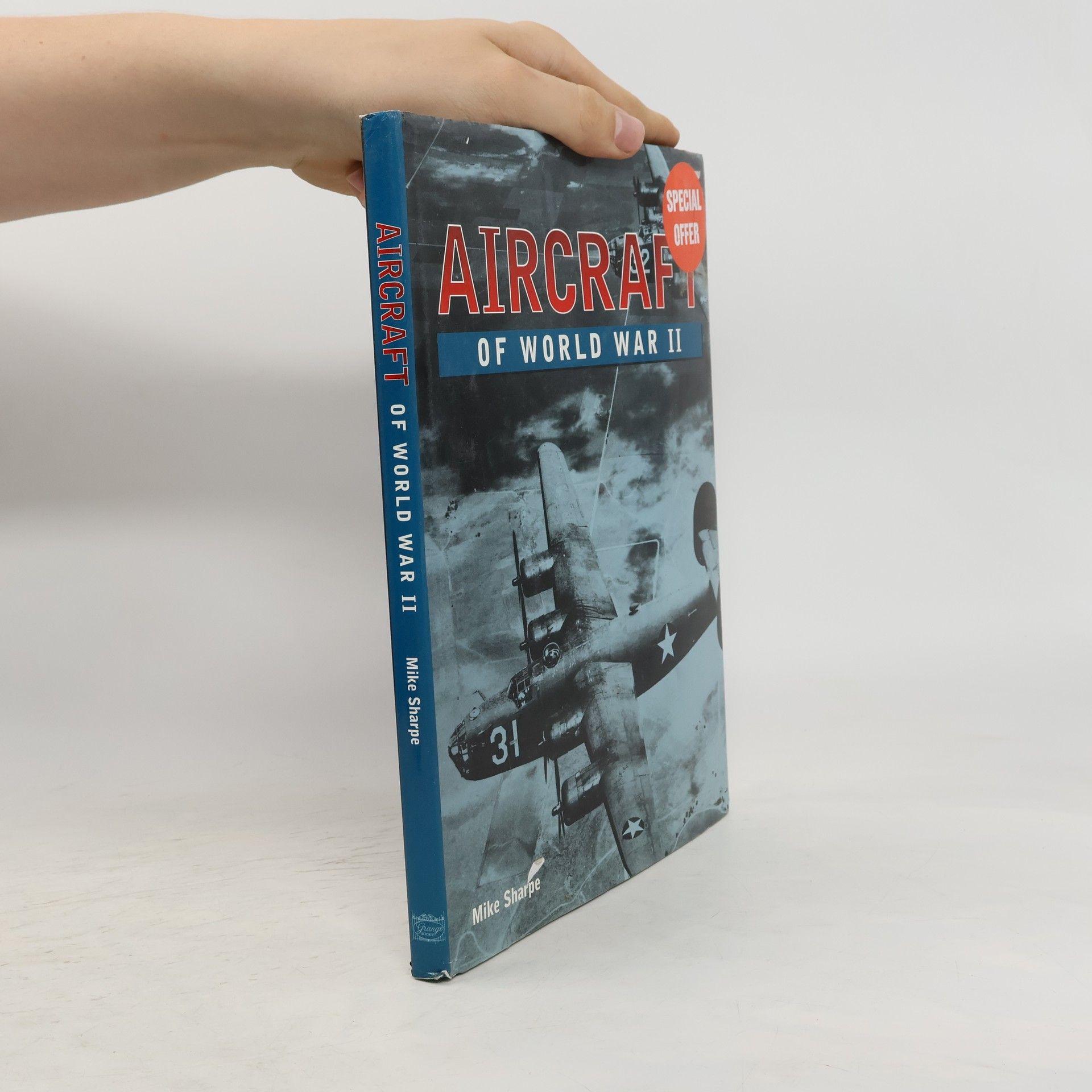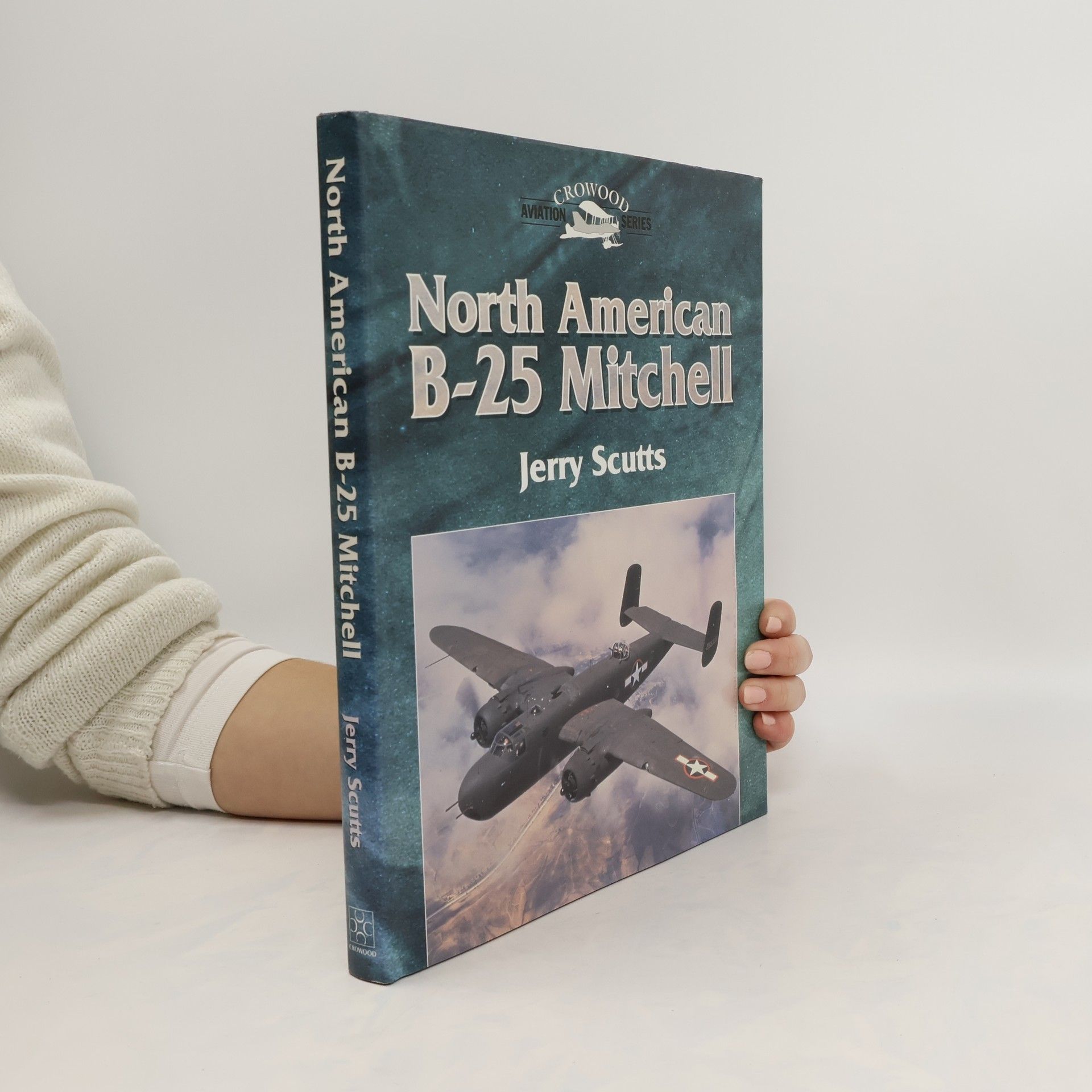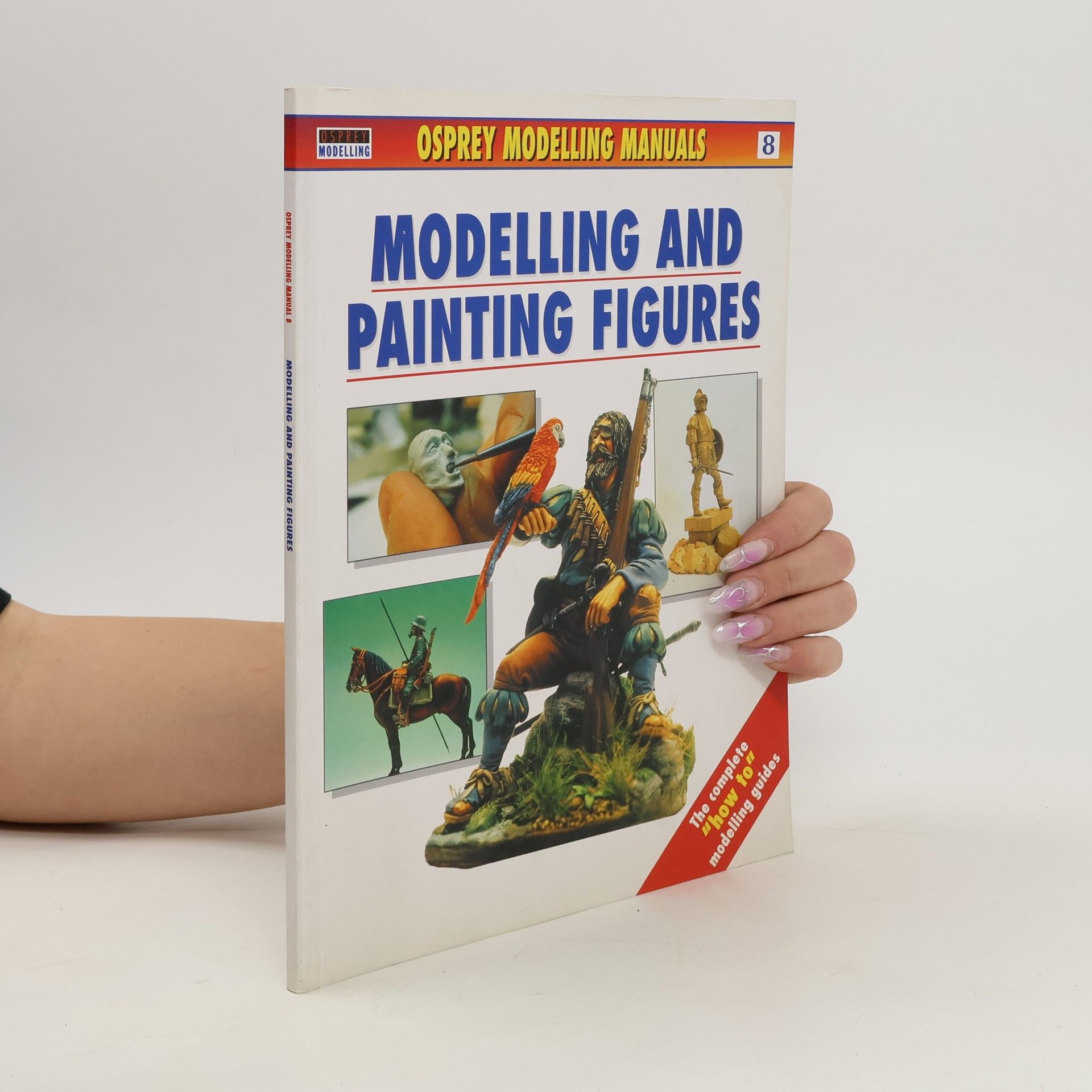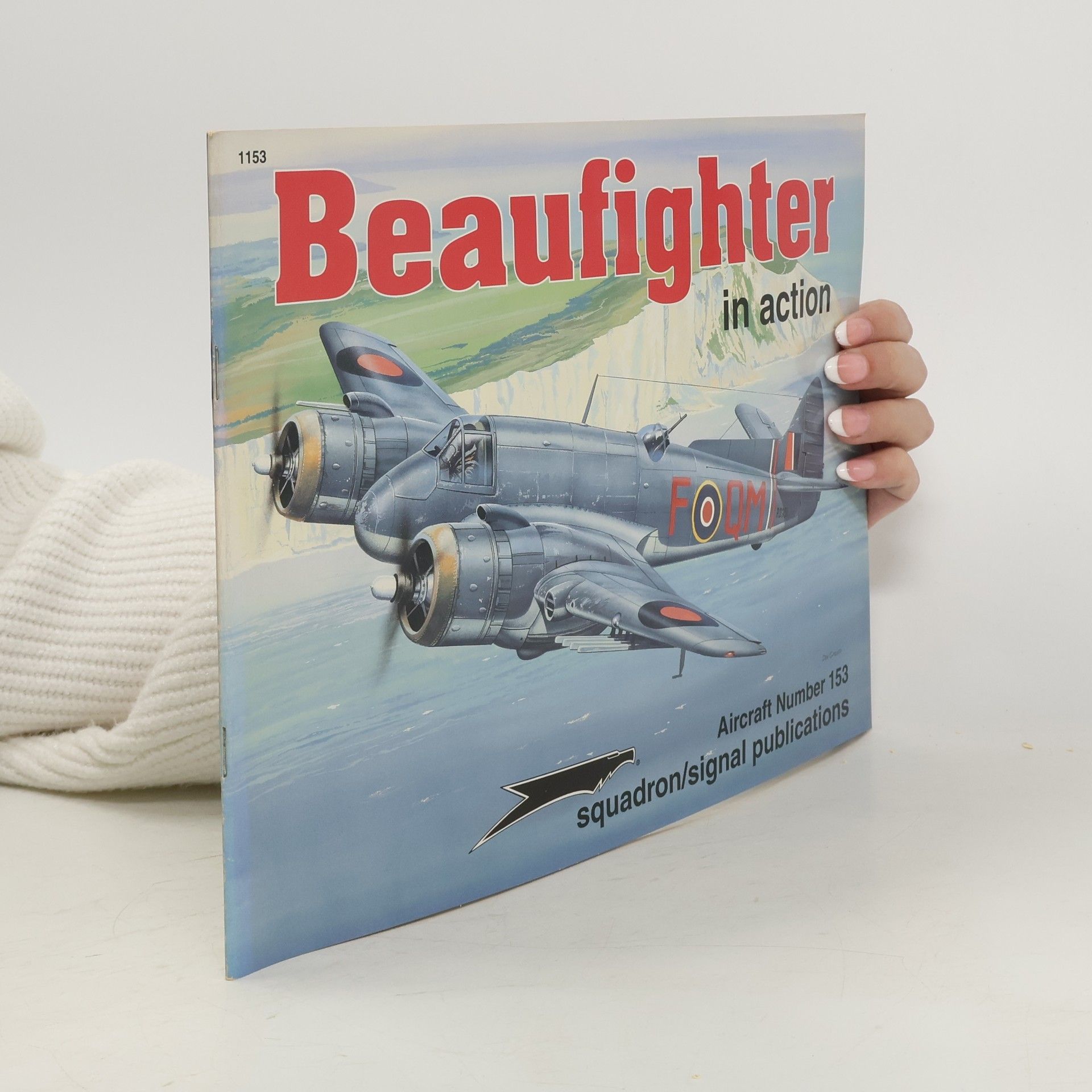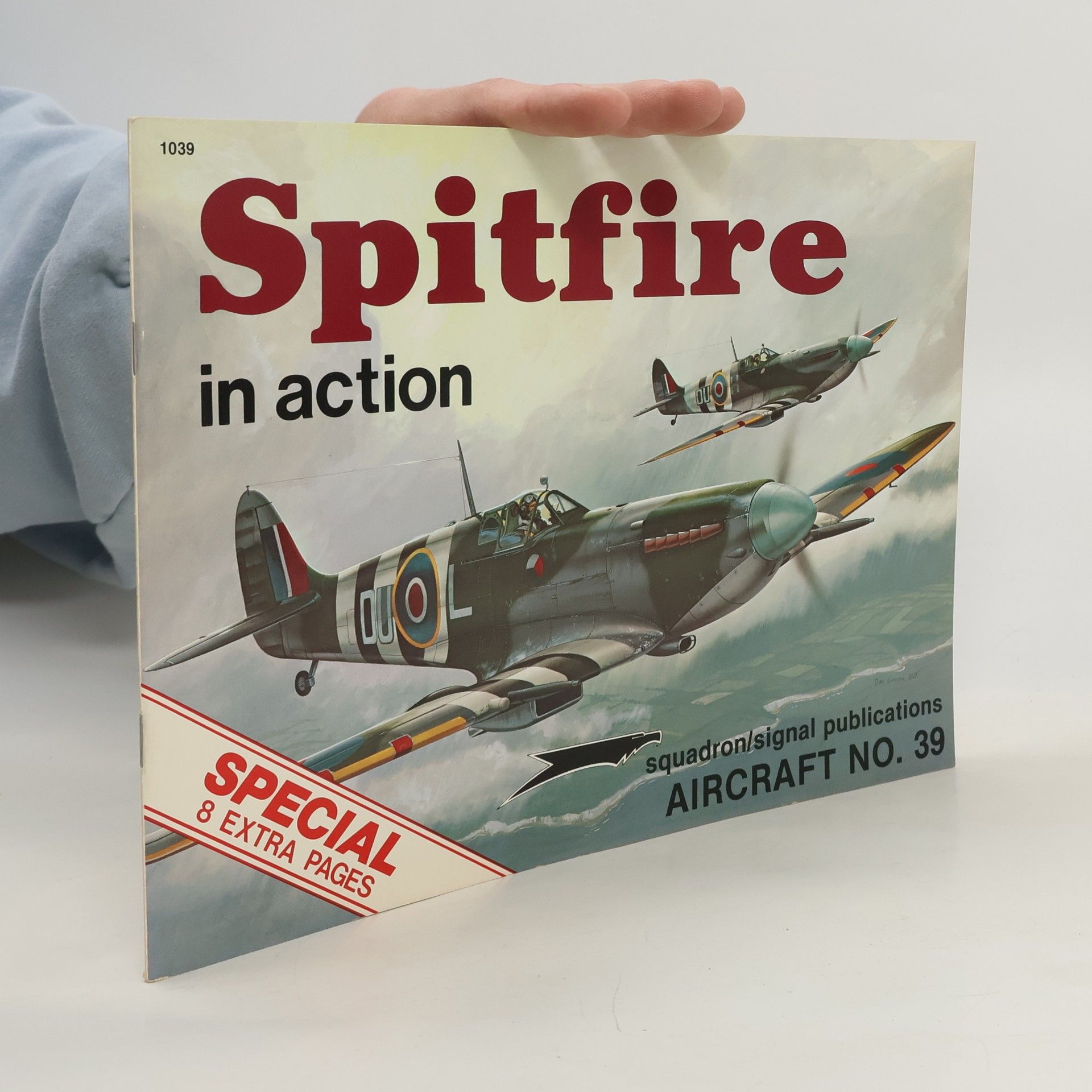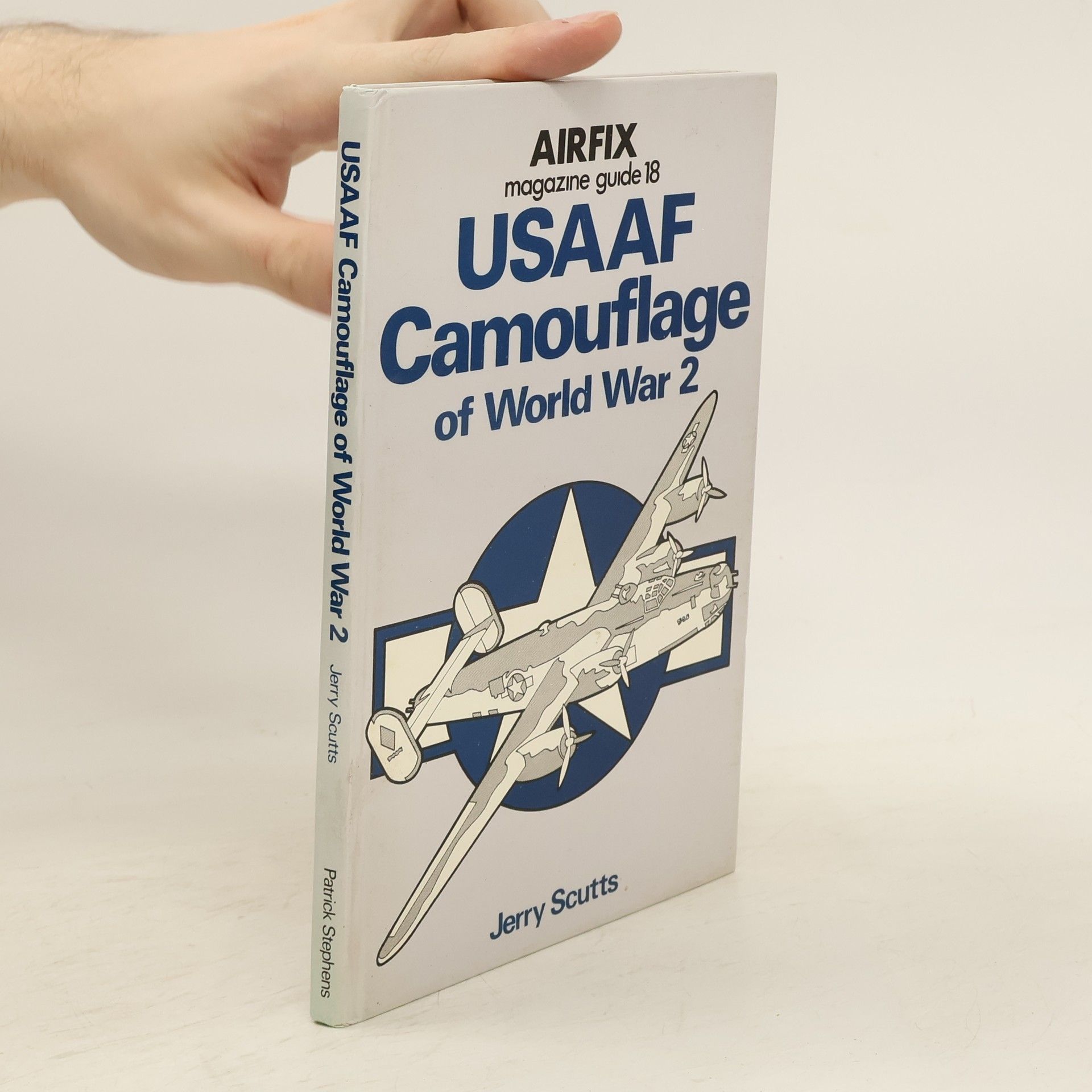North American B-25 Mitchell
- 200pages
- 7 heures de lecture
Of all the combat aircraft that fought on the Allied side in World War II, the North American B-25 Mitchell was one of the best and most well-known. The B-25 gained lasting fame in the Pacific, by flying the April 1942 carrier raid on Tokyo. It also served in Africa, Italy, China, Burma and New Guinea, not just with the American air arms, but also with the RAF adn the Australian, Dutch and Russian air forces. The B-25 enjoyed a long post-war career before emerging as a prized warbird, the star of numerous air shows around the world. The author tells the full story of the B-25's development, operational use and post-war career in this illustrated history of the aircraft.

